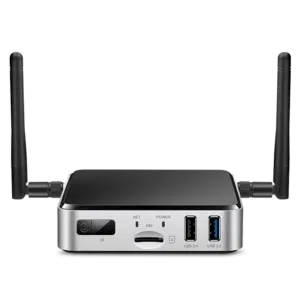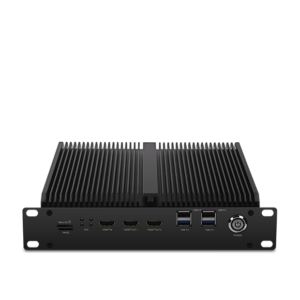A Extensive Information to Deploying AI on Edge Devices
A Extensive Information to Deploying AI on Edge Devices
Blog Article
The Impact of Working AI on Edge Devices
Real-World Programs of AI on Side Units
Synthetic intelligence (AI) is no further limited to the kingdom of large, centralized data centers. Thanks to breakthroughs in engineering, edge devices now perform a key position in deploying AI directly where knowledge is generated. But what does AI on edge devices mean, and why is it producing this kind of excitement? Here, we'll discover how ai on edge devices works in real life through side devices and learn their wide range of realistic applications.

What is AI on Edge Devices?
AI on edge products refers to deploying artificial intelligence calculations directly on devices like smartphones, cameras, drones, or IoT sensors. They do not want usage of centralized servers for processing information; as an alternative, they accomplish evaluation and conclusions locally, creating the procedure quicker, better, and frequently more secure.
The "edge" here merely identifies research done near to or at the origin of information generation, rather than depending on the cloud. This shift is driven by the demands for real-time knowledge processing and the necessity to decrease latency, enhance privacy, and minimize bandwidth usage.
Important Real-World Programs of Side AI
1. Wise Detective
AI-powered cameras equipped with face acceptance, action recognition, and anomaly detection are transforming detective systems. Side devices in this domain can analyze video channels in real-time to spot suspicious actions, remove false sensors, and enhance public safety. For instance, AI formulas may find uncommon activities and attentive authorities straight away without the necessity to deliver video data to a main server for analysis.
2. Healthcare Checking
Wearable devices and portable medical equipment are leveraging ai m.2 module for controlling wellness information more efficiently. Edge-based AI in products like wellness trackers and smartwatches displays users' vitals, such as for instance heartrate, oxygen degrees, or body stress, in real-time. These techniques analyze knowledge locally and provide immediate feedback, paving the way in which for quicker treatment throughout emergencies.
Beyond wearables, advanced medical imaging products equipped with on-device AI may discover signs of disorders like cancer, enabling earlier diagnoses even in rural parts without net connectivity.
3. Autonomous Cars
Self-driving cars are among the absolute most well-known types of edge AI in action. With sensors, cameras, and LiDAR methods offering as data options, AI computations get position onboard these cars to create split-second decisions. From detecting pedestrians and limitations to moving town roads, side AI ensures that the vehicle operates reliably and efficiently. The real-time running capability of side devices eliminates the reliance on high-latency cloud systems, ensuring safety in life-critical scenarios.
4. Retail Analytics
Side products in retail environments are helping businesses analyze customer behavior. Intelligent racks and AI-equipped cameras can find client preferences, monitor inventory, and also customize in-store experiences in actual time. The information created from these units assists retailers make informed decisions, improve client satisfaction, and enhance inventory management.

5. Industrial IoT
Factories and industrial crops are adopting side AI to revolutionize their checking and automation processes. AI-powered detectors on equipment find possible errors long before they cause expensive failures. Predictive preservation driven by side AI decreases downtime, promotes production, and assures security on the production floor.
6. Individualized Experiences in Client Devices
Your smartphone is a primary exemplory case of how side AI personalizes consumer experiences. Functions such as style assistants, versatile camera options, and on-device language translation use real-time AI to respond to person needs without sending sensitive and painful knowledge to additional servers. That fosters equally comfort and solitude for the conclusion user.
The Rising Affect of Side AI
The usage of AI on edge units remains to rise, driven by industries' increasing demand for low-latency, real-time research, and higher knowledge privacy. Their purposes are reshaping industries which range from healthcare and automotive to community security and retail. By getting AI's energy closer to where knowledge is produced, edge products are not only improving performance but also demonstrating the endless possible of innovation in today's connected world. Report this page